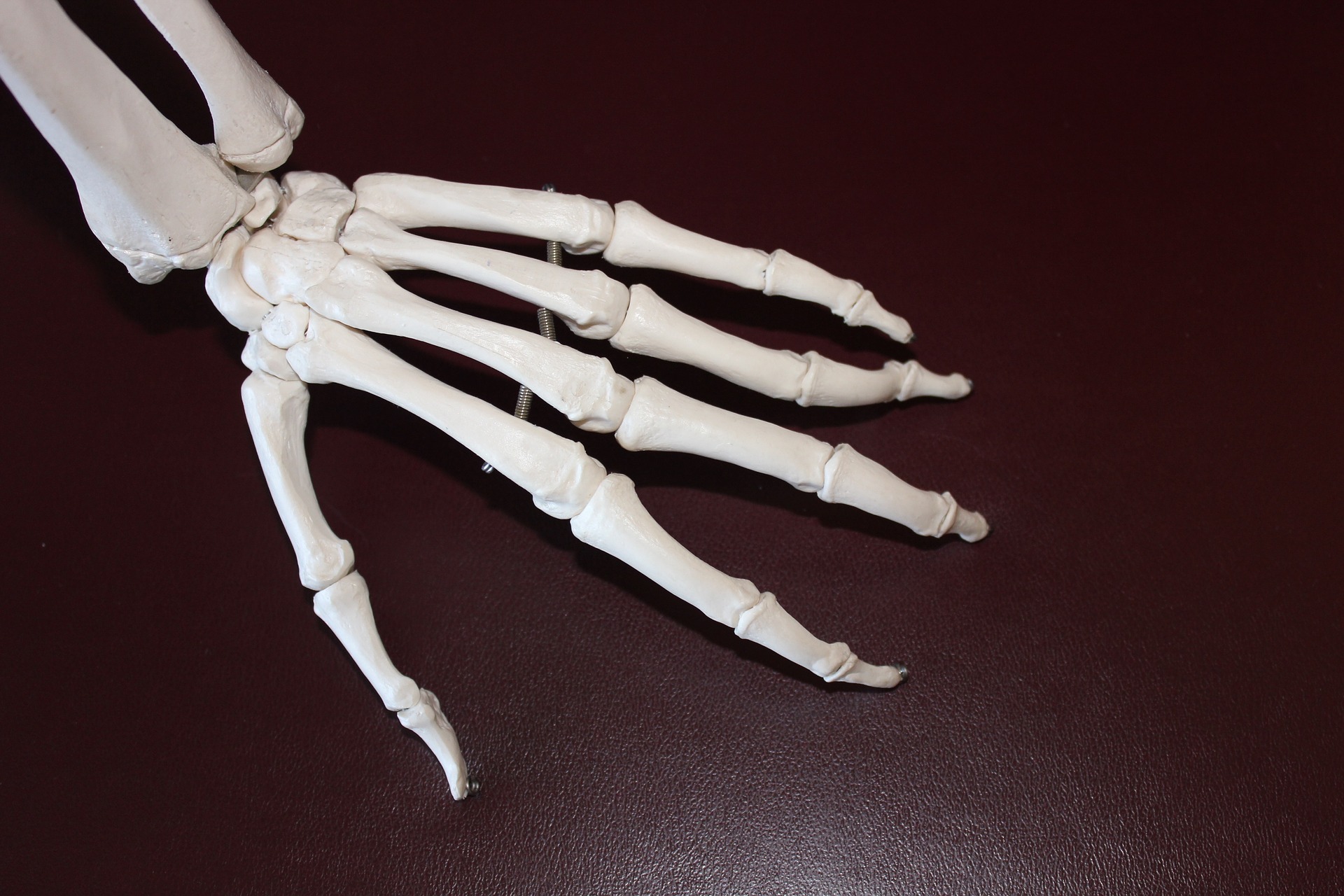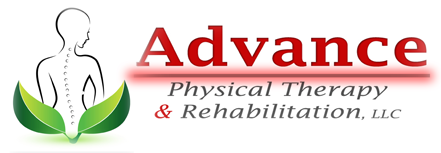
28 Nov How Physical Therapy Can Help With Rheumatoid Arthritis
Because rheumatoid arthritis can limit joint function, mobility and range of motion, physical therapy is an effective treatment. This treatment approach can be used in addition to medication. It focuses on improving patients’ physical health so that they can maintain and enjoy their daily routines. As you improve physical wellness, you enhance emotional well-being. Therefore, physical therapy is an essential part of a holistic rheumatoid arthritis treatment strategy.
Rheumatoid arthritis is an autoimmune disease in which the body attacks the joints. This causes inflammation, which changes the tissue within the joints. As that tissue thickens, it makes the joints stiff and achy.
Over time, the inflammation can damage the bones and cartilage that make up the joint. The harm that’s done to the joint cannot be reversed. Deterioration of the joint can make moving around painful and difficult.
Therefore, therapy for rheumatoid arthritis should involve approaches that minimize pain, mitigate joint damage and prevent functional loss. Physical therapy helps with arthritis by addressing those issues. It also promotes optimal function in people who experience discomfort, stiffness or limited mobility.
Types of Physical Therapy Modalities
Physical therapy is a wide-ranging field. It offers a vast number of approaches and can help people with rheumatoid arthritis, as well as other physical conditions, in several ways.
Hot and Cold Applications
Many physical therapists will recommend that patients use ice or heat on their joints, depending on their pain level and history with the disease. Ice is usually used for acute flare-ups, while heat is suggested to manage chronic symptoms.
Heat relieves pain, reduces muscle spasms and enhances the elasticity of the joint tissues. Hot compresses or hydrotherapy may be used for 10 to 20 minutes at a time, a few times a day. Applying heat can make the joints more mobile and comfortable during exercise.
Cold can reduce discomfort. Cooling the joint also diminishes the negative effects of cartilage-destroying enzymes, which are more damaging at higher temperatures.
Rehabilitation Treatments
Many people associate physical therapy with exercise. During physiotherapy treatment, patients will learn how to use adaptive equipment and assistive devices to manage their deformities and symptoms.
For example, a physical therapist might explain that the joints need rest during acute phases of the disease. At these times, patients should allow the joints to remain still in a functional position. The therapist can show patients the best positions for preventing joint stress while you’re resting.
Splits and compression devices can also help with discomfort if you’re having trouble moving around. Splints can keep the joints in optimal positions. Gentle compression reduces swelling and the pain that’s associated with it.
Massage
Massage can reduce swelling in inflamed joints and improve flexibility. It is often used in conjunction with other therapies to help patients stay comfortable.
Massage is also beneficial to your emotional health. Patients with rheumatoid arthritis may have higher stress levels than other people because they’re constantly dealing with pain. They might even develop depression if their physical restrictions make them feel isolated.
What Exercises Are Best for Rheumatoid Arthritis?
Exercise is vital for people with rheumatoid arthritis. However, it can be hard for patients to find the motivation to move around when they’re dealing with so much pain.
If they don’t stay active, their muscles become weaker. Muscle strength is important because it helps you stay mobile and stabilizes the joints. Exercise therapy may not slow the progression of the disease, but it can increase your physical capacity.
Our physical therapists customize treatment for each patient. We take into account your age, range of motion, disease stage and strength before creating an exercise plan for you.
If you’d like to try exercising at home, consult with a professional first. Some of the most effective types of exercise for rheumatoid arthritis therapy include:
• Stretching – Relieves symptoms, improves flexibility and reduces stiffness
• Walking – Low-impact exercise that improves heart health and mood
• Tai chi or yoga – Enhance balance and range of motion while reducing stress
• Pilates – Strengthens the muscles and stabilizes the joints
• Water exercise – Water reduces gravity, which diminishes stress on the joints as you move to enhance strength and range of motion
• Cycling – Cycling indoors allows you to move at your own pace, improving mobility and building leg strength
• Hand exercises – Increases flexibility and power in the hands, which are often affected by rheumatoid arthritis
• Strength training – Using resistance bands or body weight helps you gradually build muscle while reducing other rheumatoid arthritis symptoms
Although you may go through periods of rest when you have rheumatoid arthritis, you need to get moving. Enlisting the help of a physical therapist lets you get the most out of your exercise program. You’ll learn the most effective techniques, have the best chance of relieving symptoms and prevent further injury.




Sorry, the comment form is closed at this time.